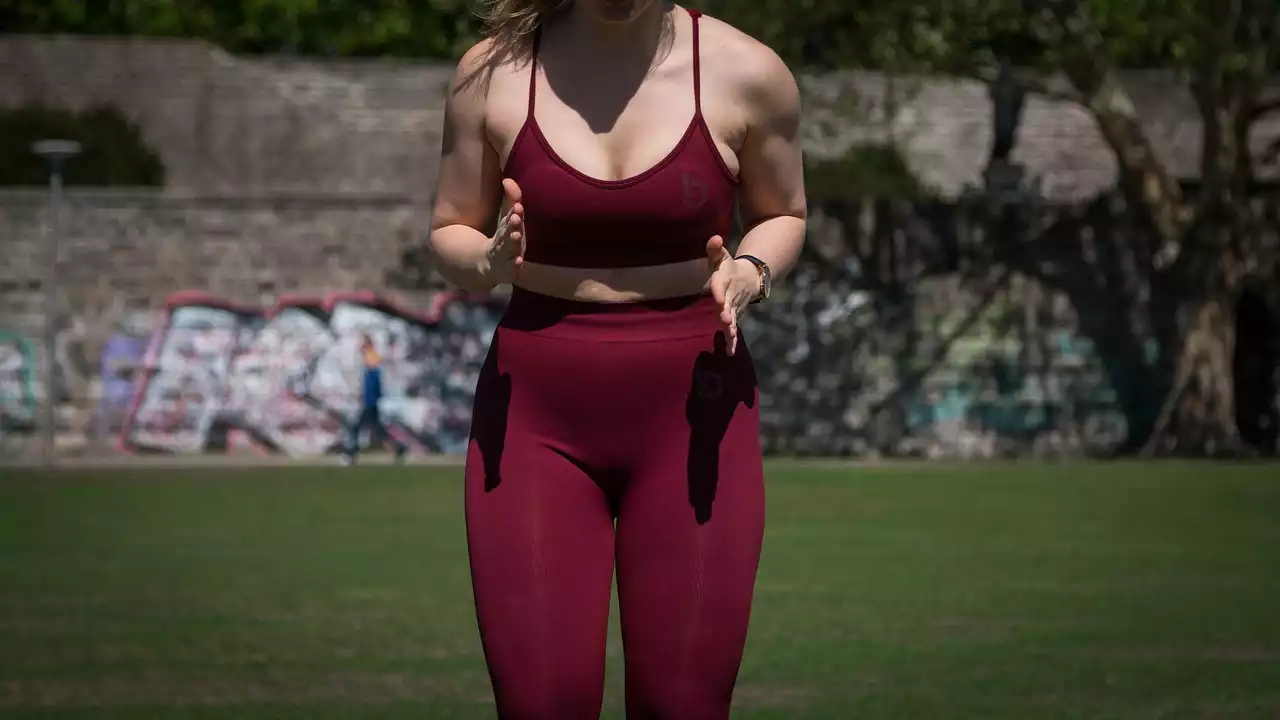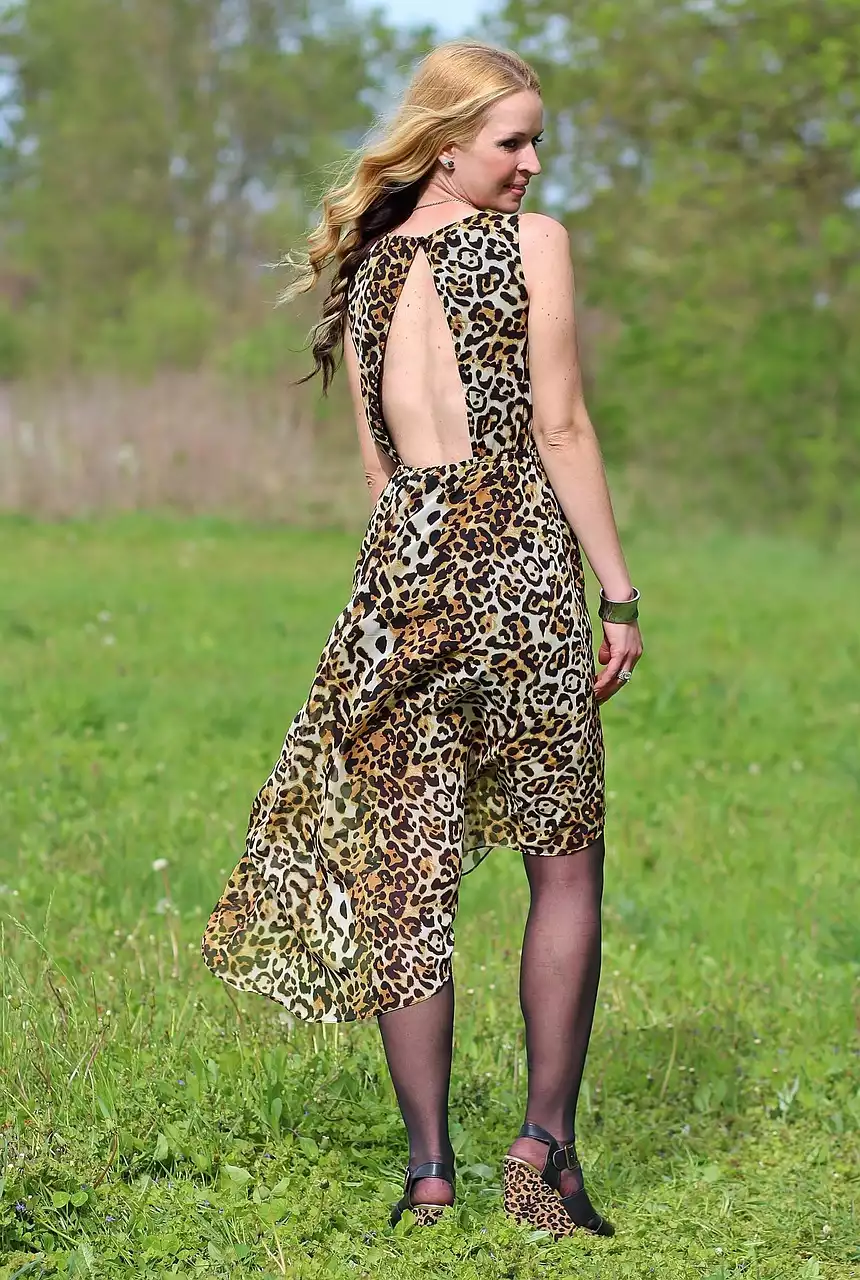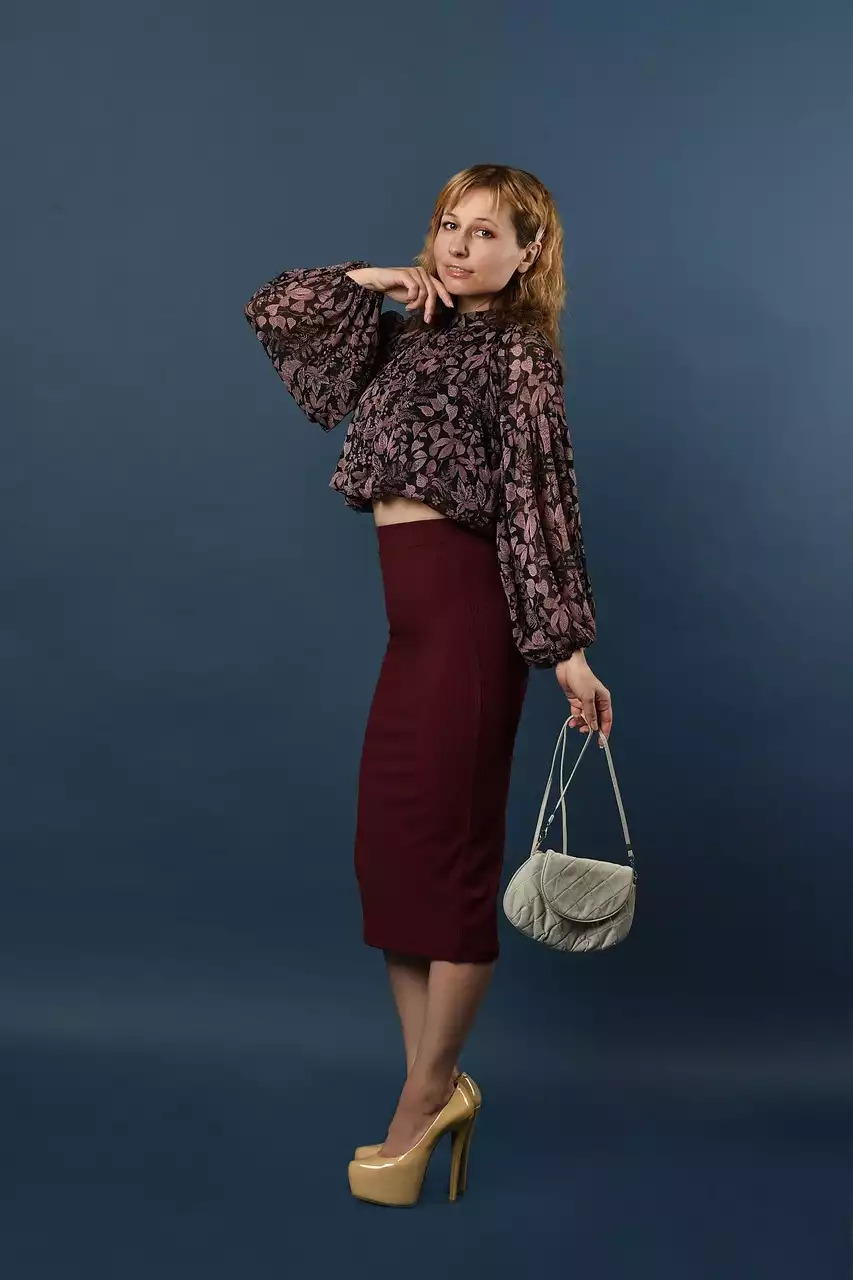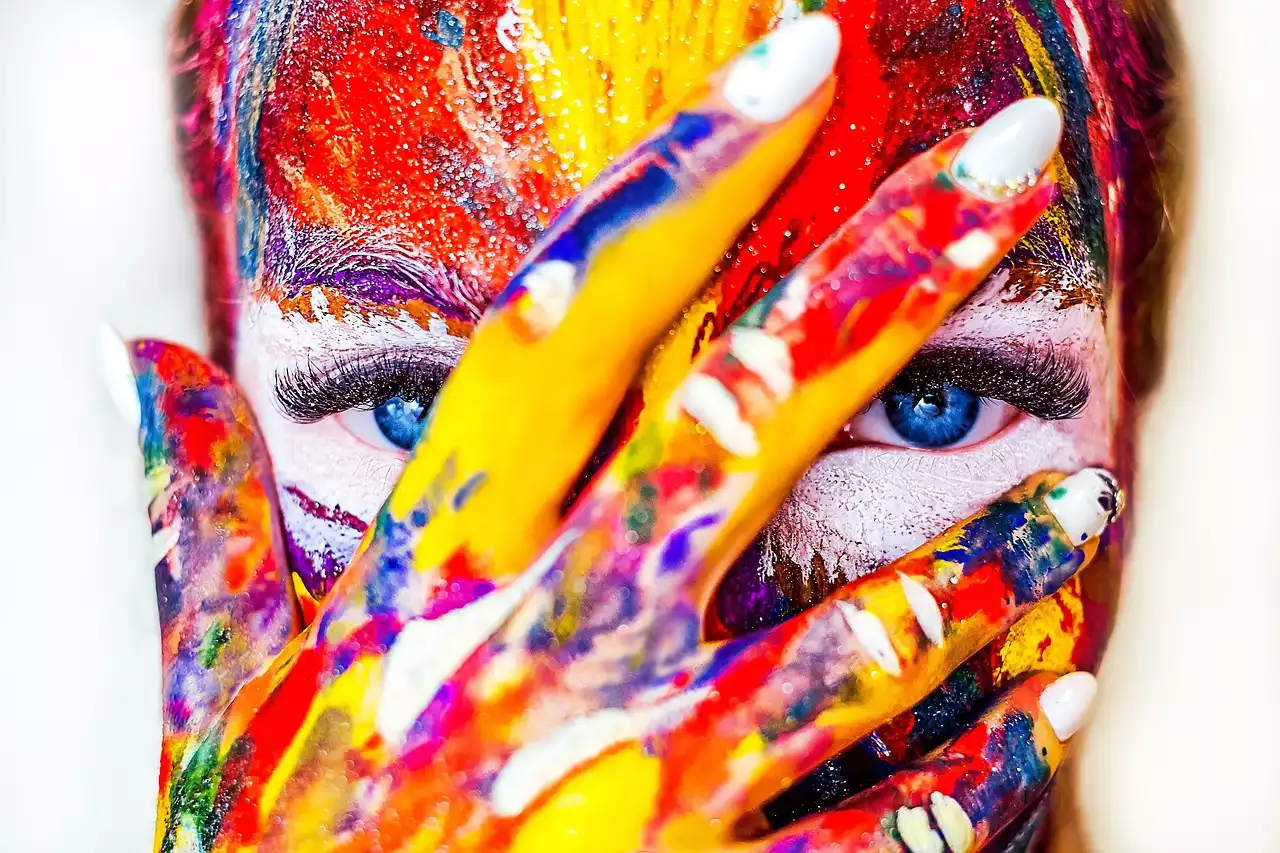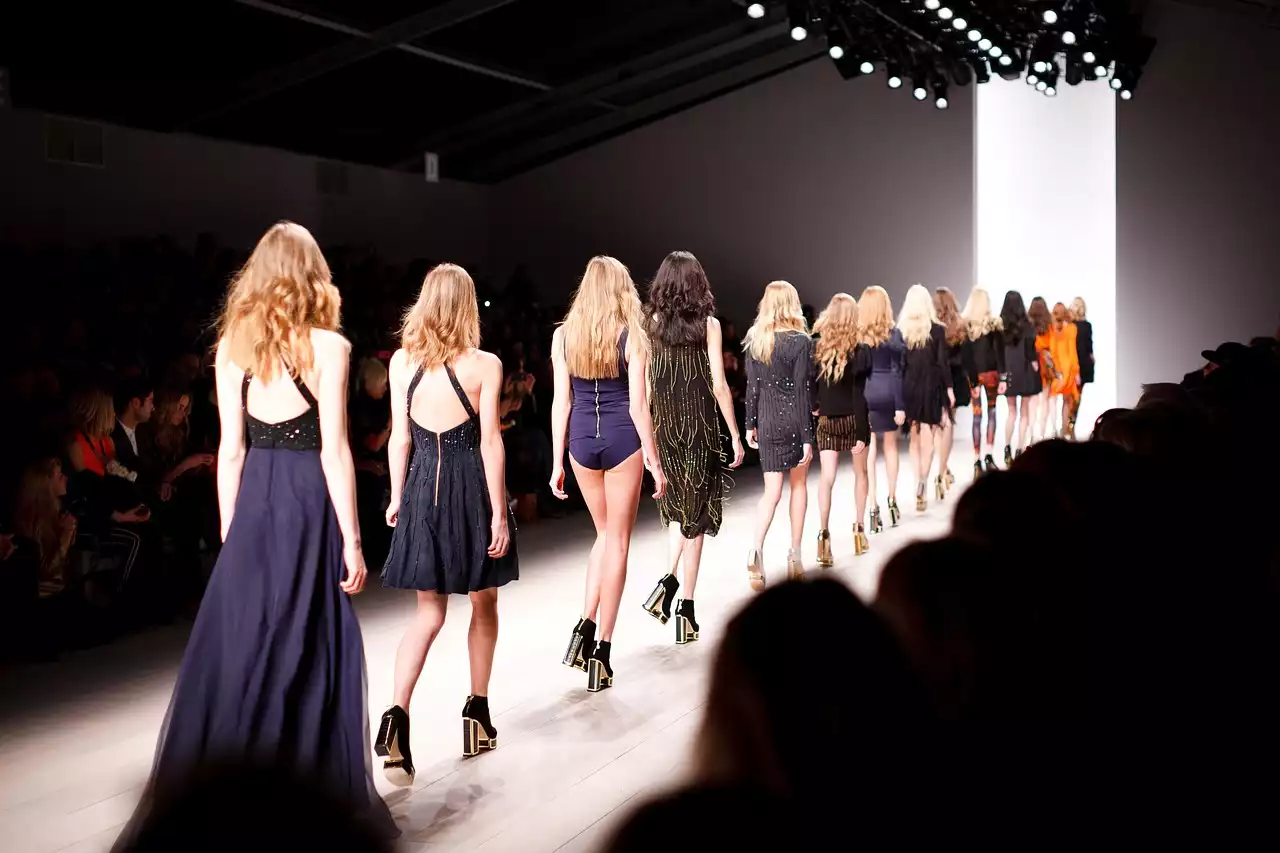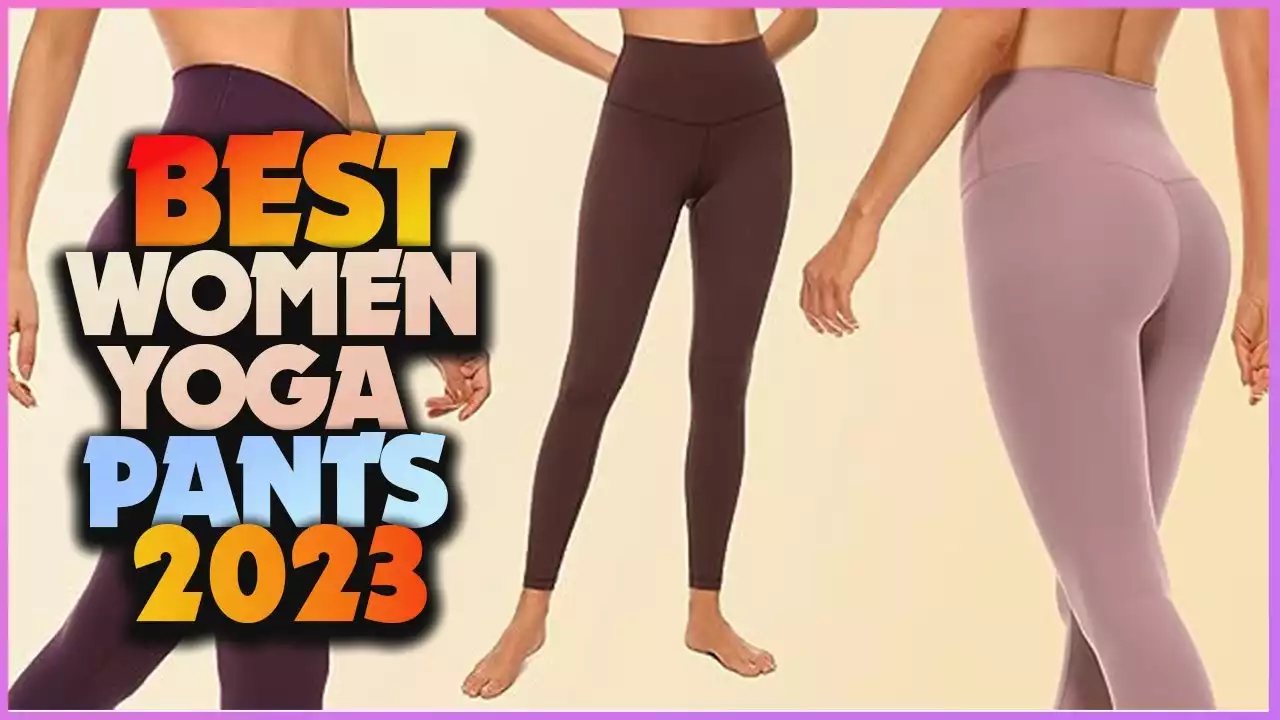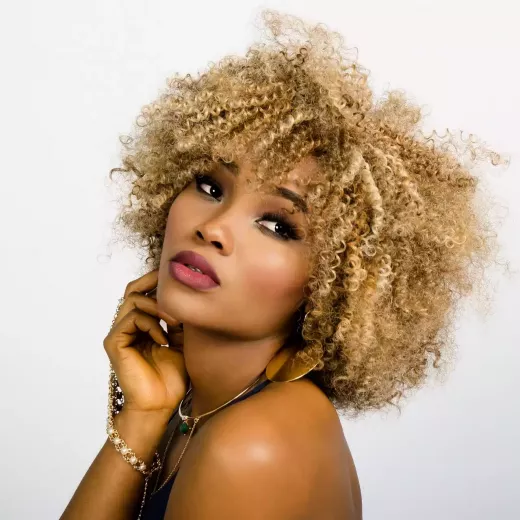Early Women's At leisure Wear
In the early 20th century, women's fashion was still dominated by corsets and other restrictive garments. However, as women began to participate in more sports and athletic activities, there was a growing need for clothing that was more comfortable and functional. One of the earliest examples of women's athleisure wear was the "bloomer" costume, which was developed in the mid-19th century by feminist Amelia Bloomer. The outfit consisted of a loose-fitting tunic top and baggy pants that gathered at the ankle, providing women with greater freedom of movement.
However, it wasn't until the 1920s that sportswear really began to take off. The decade was marked by a newfound sense of freedom and liberation, as women gained the right to vote and began to challenge traditional gender roles. This was reflected in the clothing of the era, which saw the rise of shorter hemlines, looser silhouettes, and more practical designs. Women's sportswear became increasingly popular, with tennis dresses, golf skirts, and other functional garments becoming a common sight on the courts and courses of the world.
The popularity of sportswear continued to grow throughout the 1930s and 1940s, as more and more women began to take up sports and exercise. However, it wasn't until the 1950s and 60s that women's athleisure wear really began to come into its own.
The 1920s and the Rise of Sportswear
The 1920s were a time of great change and upheaval in women's fashion. With the end of World War I and the passage of the 19th Amendment, which gave women the right to vote, women began to challenge traditional gender roles and expectations. This was reflected in the clothing of the era, which saw the rise of shorter hemlines, looser silhouettes, and more practical designs.
One of the key trends of the 1920s was the rise of sportswear. Women began to participate in more sports and athletic activities, and clothing manufacturers responded by creating garments that were both functional and stylish. This led to the development of tennis dresses, golf skirts, and other sport-specific outfits that were designed to provide women with greater freedom of movement and comfort.
The popularity of sportswear continued to grow throughout the 1930s and 1940s, as more and more women began to take up sports and exercise. However, it wasn't until the 1950s and 60s that women's athleisure wear really began to come into its own.
Women's At leisure Wear in the 1950s and 60s
The 1950s and 60s were a time of great change and innovation in women's fashion. With the end of World War II and the beginning of the post-war boom, women began to have more disposable income and greater freedom to express themselves through clothing. This led to a number of new trends and styles, including the rise of women's at leisure wear.
During this era, women began to wear more casual clothing in their everyday lives. This included simple tracksuits and sweatpants, which were worn for everything from running errands to lounging around the house. However, even these simple garments were designed with style and comfort in mind, with bright colors, bold patterns, and soft, stretchy fabrics becoming increasingly popular.
Another key trend of the 1950s and 60s was the emergence of dance-inspired clothing. This included leotards, leggings, and other form-fitting garments that were designed to provide greater freedom of movement and flexibility. These outfits were popularized by dancers such as Martha Graham and Twyla Tharp, and they quickly became a staple of women's athleisure wear.
The 1970s and the Emergence of Activewear
The 1970s were a time of great change and experimentation in women's fashion. With the rise of the feminist movement and the popularity of disco culture, women began to embrace more daring and unconventional styles. This was reflected in the emergence of activewear, which began to take on a more bold and colorful look.
During this era, women's athleisure wear began to incorporate more technical fabrics and features. This included moisture-wicking materials, breathable mesh panels, and other performance-enhancing elements that were designed to help women stay cool and comfortable during even the most intense workouts. At the same time, bold colors, graphic prints, and other eye-catching designs became increasingly popular, as women began to use their clothing as a form of self-expression.
The 1970s also saw the emergence of iconic figures such as Jane Fonda, who popularized the "aerobics" craze with her bestselling workout videos. Fonda's signature leotards and leg warmers became a symbol of the era, and they helped to cement the popularity of activewear among women of all ages and backgrounds.
The 1980s and the Fitness Craze
The 1980s were a time of great excess and indulgence in many areas of life, including fashion. This was reflected in the emergence of bold, colorful styles that were designed to make a statement. Women's athleisure wear was no exception, with bright neon colors, oversized silhouettes, and other eye-catching designs becoming increasingly popular.
During this era, the fitness craze continued to grow, with a greater emphasis on weightlifting and bodybuilding. This led to the development of more specialized workout clothing, including compression shorts, sports bras, and other garments that were designed to provide greater support and protection. At the same time, high-end designer collaborations began to emerge, with brands such as Nike and Reebok teaming up with fashion houses to create limited-edition collections that combined style and performance.
The 1990s and the Influence of Hip Hop
The 1990s were a time of great cultural change and upheaval, with the rise of hip hop and other urban styles. This had a significant impact on women's athleisure wear, with baggy sweatpants, oversized t-shirts, and other streetwear-inspired garments becoming increasingly popular.
During this era, women's athleisure wear also began to incorporate more technical elements, such as moisture-wicking fabrics and compression technology. This was driven by advances in textile engineering, as well as the growing popularity of high-intensity workouts such as CrossFit and boot camp training.
The 1990s also saw the emergence of iconic figures such as the Spice Girls, who helped to popularize athleisure wear as a form of self-expression and empowerment. The Spice Girls' signature platform sneakers and tracksuits became a symbol of the era, and they helped to cement the popularity of athleisure wear among women of all ages and backgrounds.
Women's At leisure Wear in the 2000s and 2010s
The 2000s and 2010s have been marked by a continued emphasis on comfort and practicality in women's fashion. Athleisure wear has continued to grow and evolve during this time, with new trends and styles emerging on a regular basis.
One of the key trends of the 2000s and 2010s has been the rise of yoga-inspired clothing. This includes leggings, sports bras, and other form-fitting garments that are designed to provide greater comfort and support during yoga and other low-impact workouts. At the same time, high-end designer collaborations have continued to flourish, with brands such as Adidas and Stella McCartney teaming up to create exclusive collections that combine style and performance.
Another key trend of the 2000s and 2010s has been the emergence of "athleisure chic." This involves blending athleisure wear with more traditional fashion pieces, such as blazers, heels, and handbags. The result is a look that is both comfortable and stylish, and that can be worn to the office, to brunch, or to the gym.
The Future of Women's At leisure Wear
As we look to the future, it's clear that women's athleisure wear will continue to evolve and adapt to changing trends and technologies. We can expect to see a greater emphasis on sustainability and ethical production, as well as a continued focus on comfort and practicality.
One trend that is likely to continue is the rise of yoga-inspired clothing, as more and more women embrace this low-impact form of exercise. We can also expect to see more collaborations between high-end designers and sportswear brands, as well as a greater emphasis on customization and personalization.
Overall, the future of women's athleisure wear looks bright and exciting. Whether you're a fitness enthusiast, a fashion lover, or just someone who values comfort and practicality, there's never been a better time to explore this exciting category of fashion.
